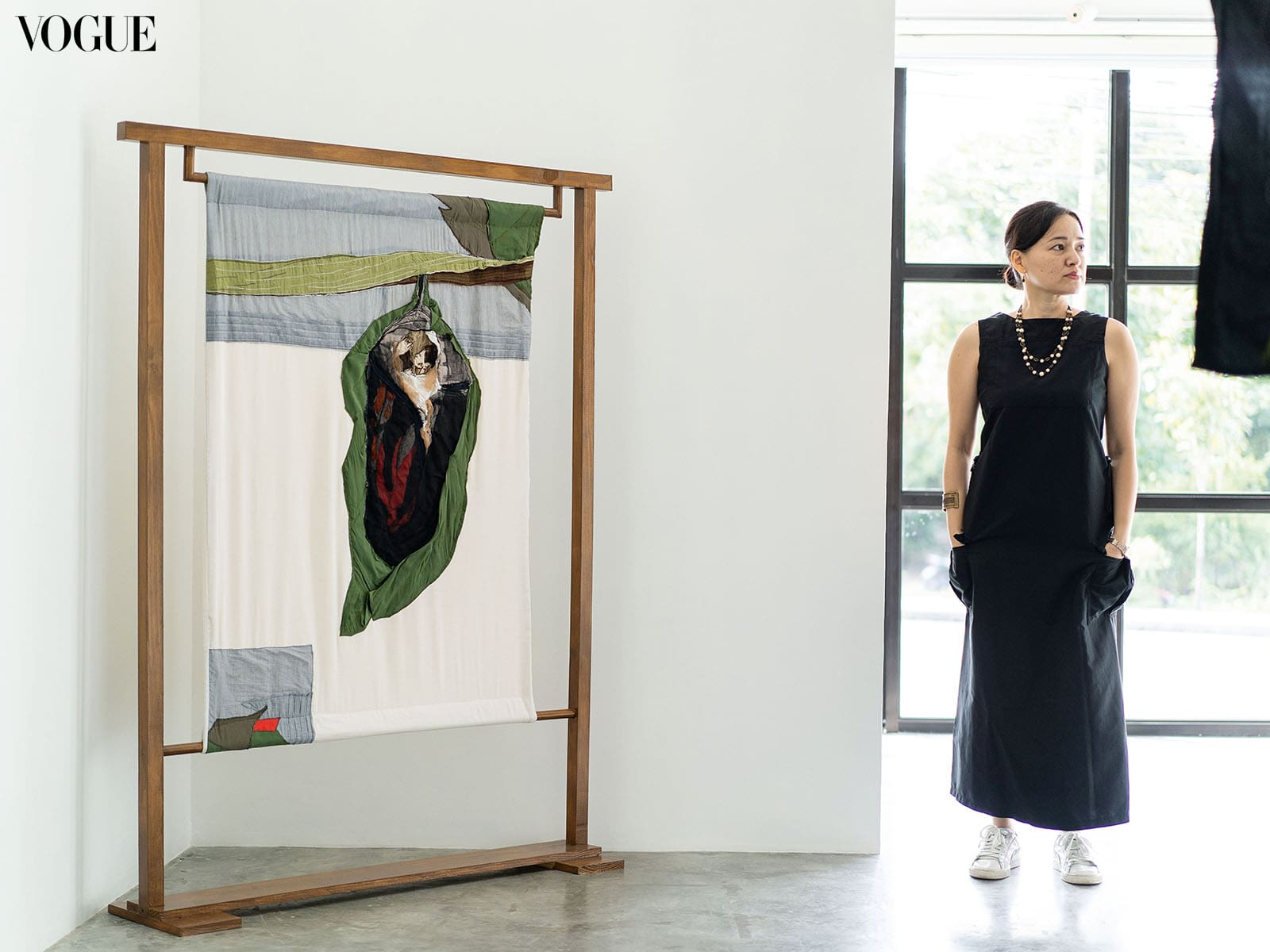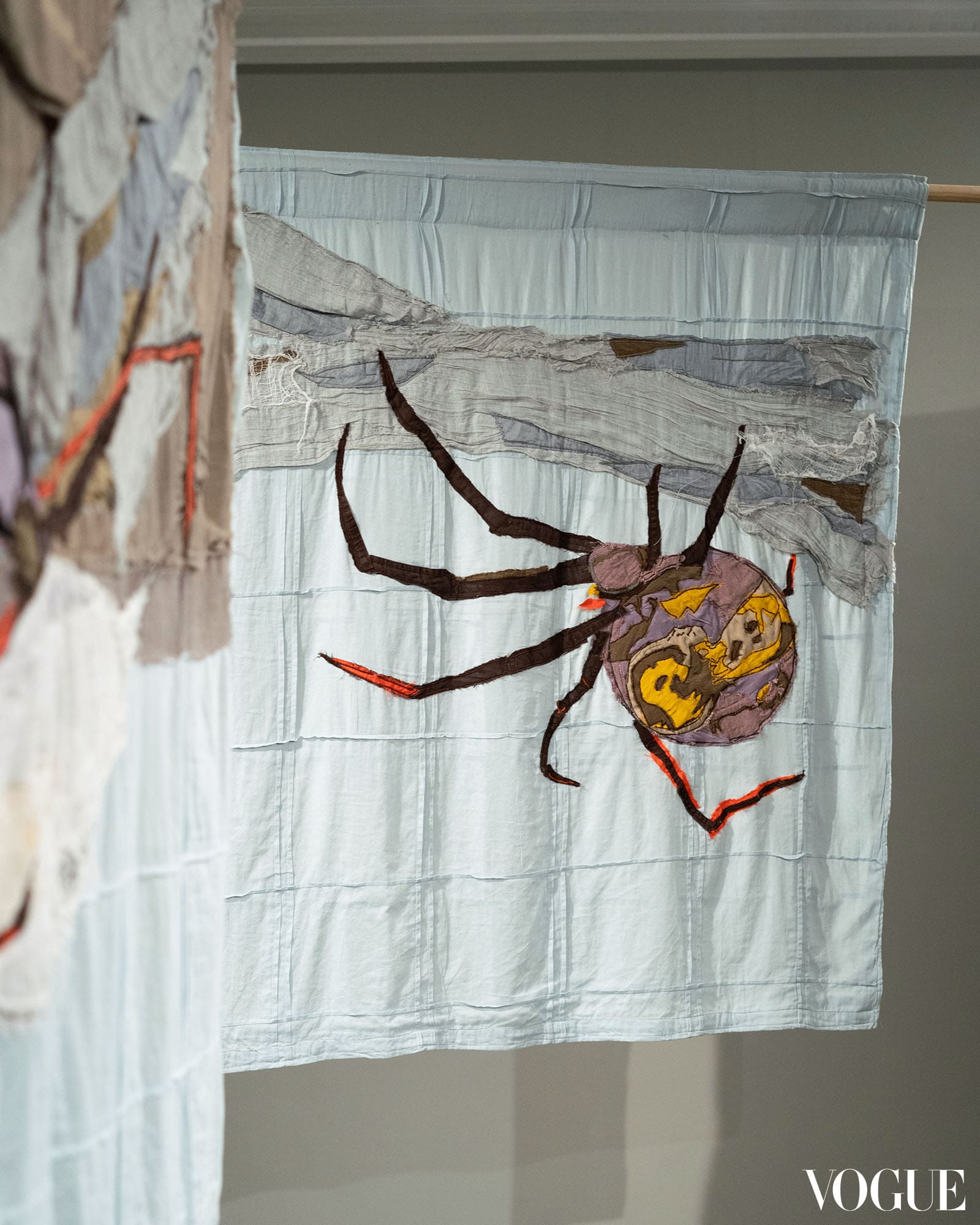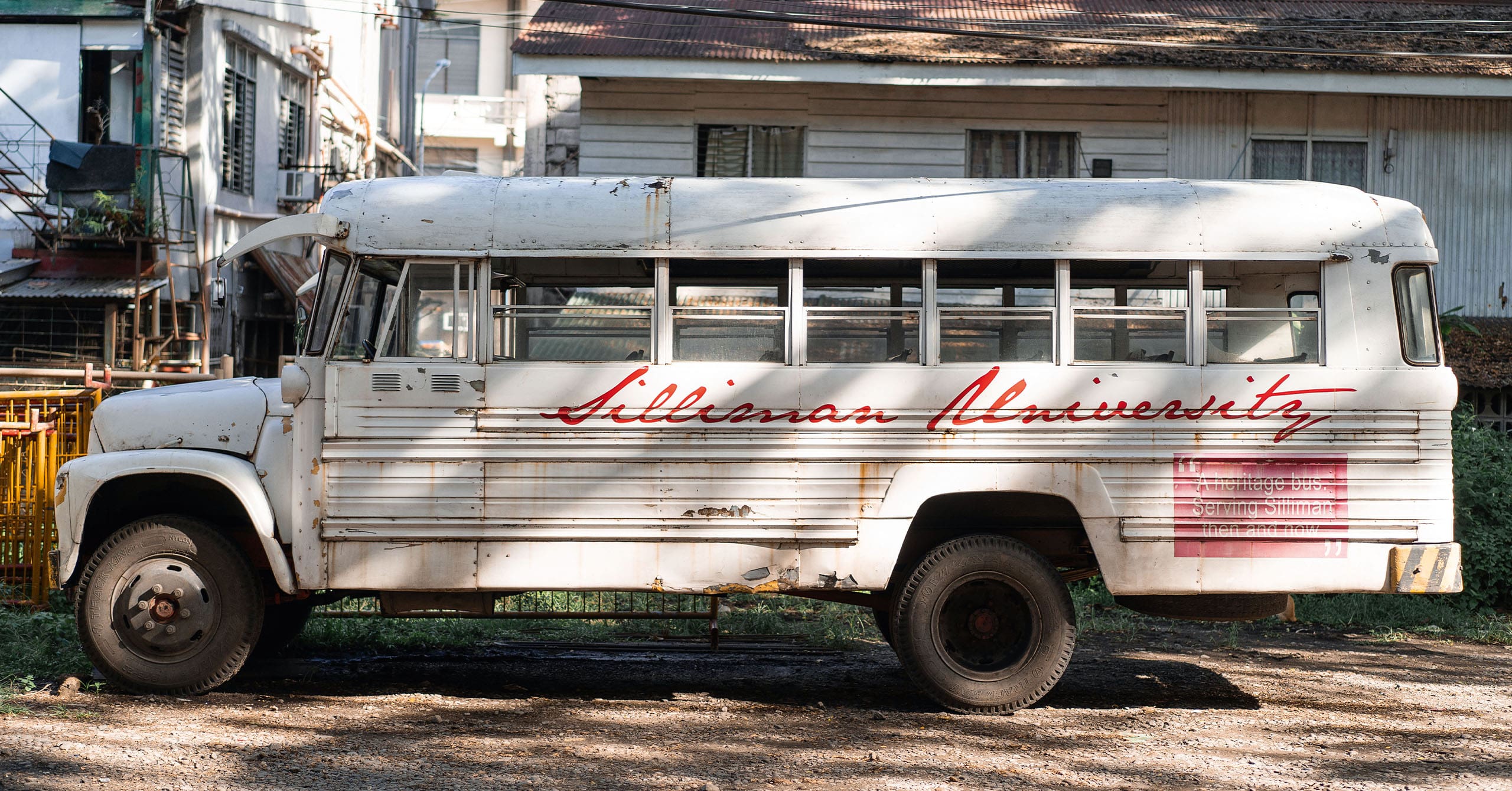Photo by Carmen del Prado
To outsiders, Dumaguete is still seen as a sleepy, provincial town largely known for Silliman University, a breeding ground of Philippine literature. Poet ANGELA GABRIELLE FABUNAN shows us how Dumaguete is also home to a unique and thriving art scene. Photographs by Carmen del Prado
There are many ways Dumaguete’s history is everywhere. For the writer Nick Joaquin, tropical gothic is a reaction to the West’s exoticizing gaze of the Philippines. It is grounded in Filipino folklore, as in his story “May Day Eve.” In some circles, Dumaguete is sometimes referred to as a tropical gothic town, a label often misunderstood as a way to further exoticize Dumaguete as a tourist destination.
In order to fit into the subversiveness of tropical gothic, Dumaguete must reject the remnants of its motley colonized past. For that to happen, it must let go of stuffy canonical figures from its colonial history, confront its present-day issues, and nurture in some way its quiet pockets of resistance. And, in my view, newly transplanted, I sense that Dumaguete has the potential to do so. For Dumaguete to stride into the 21st century, it must move on.

Cultures of Resistance
Subcultures become mainstream once they’re directly engaged by popular expectations. Especially at the beginning, these pockets just under the surface is where the true work of culture lies.
Driven by young people inspired by progressive ideas and questioning norms of tradition, Dumaguete’s subcultures are staunchly student driven. Dumaguete has four universities and a number of smaller colleges, but the limits of the educational system are also seen in the less obvious aspects of the town. A lot of it is in the form of a young, vibrant scene that lies adjacent to the commercial and the touristy.
One of the spaces in this subculture is the blossoming drag scene. Dumaguete’s drag show calls no place its permanent stage. This rotating, ever-moving performance is taken up by the dalagang Pilipina Maningning Rosas, the colorful Miss Audacity, and their troop of drag queens. They perform in Dumaguete restaurants such as Negrense, Tempat Raya, or Daddy Don’s once a month and in theme with the monthly holidays, such as Pride, Halloween, or Christmas. They perform English and Tagalog songs in the popular canon while still speaking the colloquial Bisaya, the language of the region. Without a permanent gay bar or club, they are cycling through different venues for their shows and killing it every time. With their shows featuring much audience interaction, these queens have a huge following from the student population and the larger LGBTQ community in Dumaguete.


Perhaps an aspect of Dumaguete’s subculture that’s focused on resistance can be seen at its shoreline. #Noto174, a city-wide activist movement to stop the extension of the Boulevard into the sea. This threatens the expulsion of several homesteads along the coast, as well as long-term damage to the fishing grounds in the area. The number 174 refers to the hectares targeted for “reclamation” from the sea by proponents from the city government—tampering with blocks of land that was never anyone’s to begin with.
The late National Scientist, Dr. Angelo Alcala, had written much about this issue before his passing. Unfortunately, a big chunk of the hectares has already been taken to build this “Reclamation Area” at the south-end of the Boulevard. But the fight is not yet over. Because of the persistence of local groups, the project is now in limbo, a veritable stalemate.


There are a number of art spaces in Dumaguete, from institutional galleries to commercial ventures to art cooperatives. Shelter Gallery, Arte Gallery, and Mugna Gallery are three of the major commercial galleries here. Who each have their charm. Shelter is a small gallery catering to rising young artists trying to break into the scene. Mugna is a larger boutique gallery set in the mountainside of Valencia, hosting a roster of more established artists. Arte, along the Boulevard, is a café and art gallery that’s a haven for local artists and illustrators. These commercial galleries lie adjacent to institutional spaces such as the Romeo Ariniego Gallery at Silliman University, and help bridge the mainstream art culture of Dumaguete to its edgier, younger set. Openings across this art scene are often lively and well-attended.

The critics are right: Dumaguete is very much a tropical gothic town. We can see its historicized past in the lamp posts along the Boulevard. New lampposts are being erected with design cues from the prewar colonial past—a relegation of history into mere veneer in favor of a future fueled by nostalgia. But nostalgia is lacking, if all it is, is a way to sanitize the symbols of the past.

